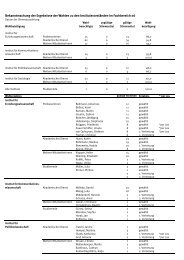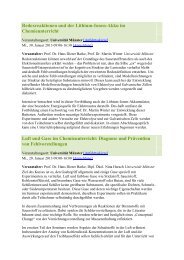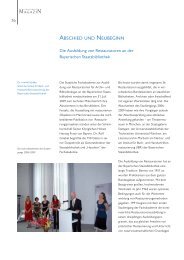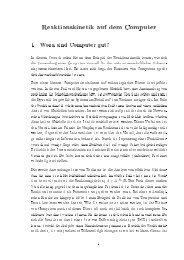oye GentleIllen Arabic Studies on Science and Literary Culture
oye GentleIllen Arabic Studies on Science and Literary Culture
oye GentleIllen Arabic Studies on Science and Literary Culture
Create successful ePaper yourself
Turn your PDF publications into a flip-book with our unique Google optimized e-Paper software.
304 THOMAS BAUER<br />
wa-huwa al-akhtabu lawni wajhihi wa-udhunayhi wa-manäkhirihi.47<br />
Other shades of dark mayaiso be subsumed under the term adham. The<br />
difference between ashqar <strong>and</strong> ahmar/kumayt is explained by al-BastI<br />
as follows:<br />
~I{0~J..:üi~ ~i} ~..;=-i~I{01!~.:J~ J ~~ J..:ü~~~\ Lf.!J.;J~<br />
48.~ ~ ..) i<br />
~ ~ \J.o 'Y"'"<br />
This is exactly the difference between the bay with its black mane, tail,<br />
<strong>and</strong> points, <strong>and</strong> the chestnut. Five of our nine authors differentiate<br />
between both. Dappled horses may be reck<strong>on</strong>ed am<strong>on</strong>g the <strong>on</strong>e or the<br />
other colours according to the dominating colour. This is the reas<strong>on</strong><br />
why <strong>on</strong>ly three of our authors treat ablaq as a category of its own.<br />
The following chart lists the horse colours (note that kumayt =<br />
ahmar) portrayed in nine 'parades' of the late Ayyubid <strong>and</strong> the early<br />
Mamluk period. The lines are arranged according to the date of birth<br />
of the author. The numbers indicate the sequence in which the different<br />
colours are treated.<br />
--<br />
ashhab adham akh
















